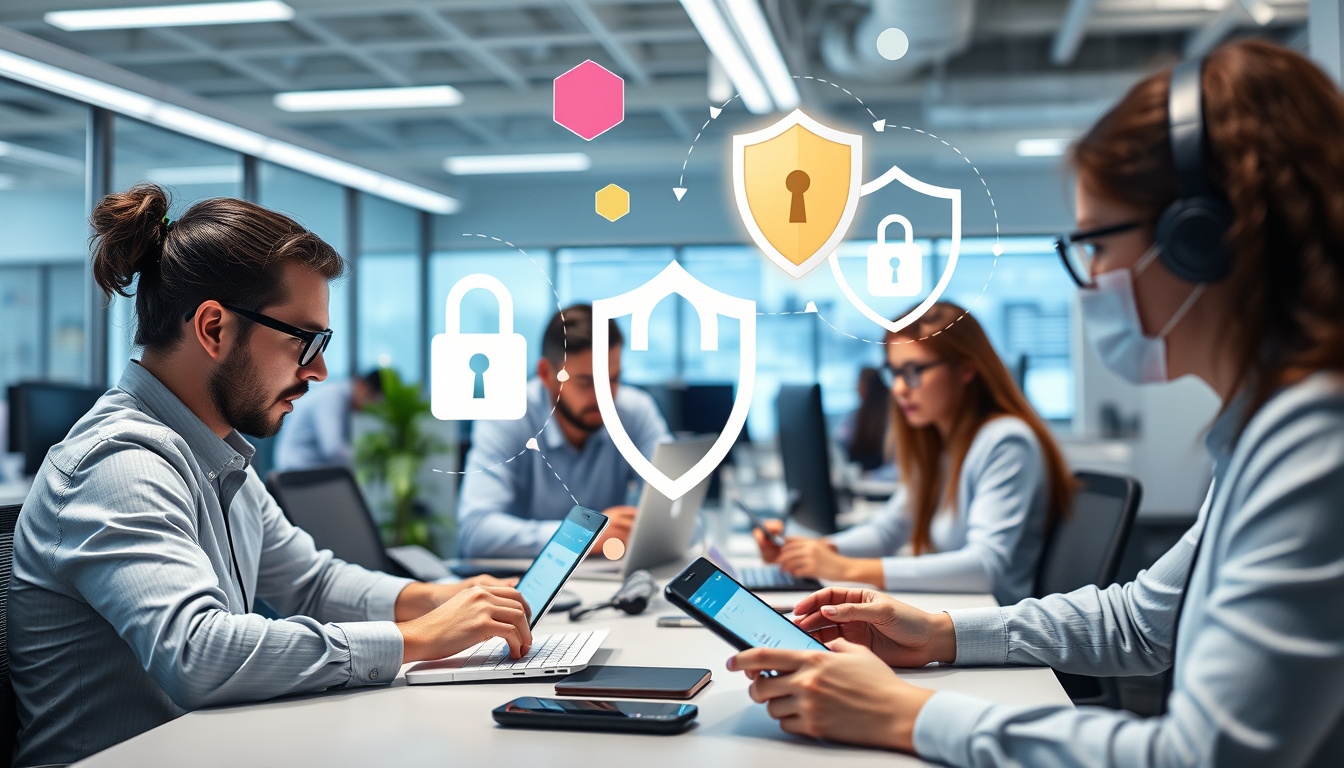In today’s digital landscape, the management and security of devices within an organization are critical components of operational efficiency and data protection. As enterprises increasingly shift to remote and hybrid work models, effective device management tools and strategies have risen to the forefront. This article delves into the intricacies of device management, outlining its importance, core functions, various approaches, and benefits for organizations of all sizes.
Understanding Device Management
Device management refers to the administration and maintenance of devices — including smartphones, tablets, computers, and IoT devices — within an organization. This process is essential for ensuring that all devices remain secure, compliant, and up-to-date, thereby mitigating potential risks and protecting sensitive data from unauthorized access.
Importance in Modern Organizations
As companies embrace flexible work arrangements, the need for a robust device management strategy becomes paramount. A comprehensive device management approach ensures that every device accessing corporate resources meets the necessary security standards, thereby safeguarding the organization’s network and data integrity.
Device management encompasses several critical functionalities:
- Secure Device Access: By controlling who can use devices and what data they can access, organizations can prevent data breaches and unauthorized access.
- Policy Enforcement: Organizations can enforce compliance with internal policies and industry regulations, ensuring a consistent approach to security across devices.
- Centralized Control: IT administrators benefit from a single view of device status and compliance, facilitating easier updates and troubleshooting.
Key Features and Benefits
Device management solutions, such as Microsoft Intune and Apple’s MDM frameworks, offer a range of features designed to optimize the management of devices:
-
Remote Monitoring and Management: Administrators can monitor devices remotely, execute software updates, and manage applications without requiring physical access.
-
Policy Automation: The ability to automate policy implementation reduces administrative workload and enhances compliance.
-
Cross-Platform Support: Modern device management tools support multiple operating systems, ensuring that organizations can manage a diverse range of devices efficiently.
-
Data Protection: Advanced security measures, including remote data wipe capabilities, protect sensitive information in case a device is lost or stolen.
-
User Empowerment: With effective device management in place, employees can use personal devices for work (BYOD – Bring Your Own Device) without compromising security, leading to greater job satisfaction and productivity.

Different Approaches to Device Management
Organizations can implement device management through various methodologies, each tailored to specific needs:
1. Mobile Device Management (MDM)
This approach focuses on managing mobile devices (smartphones, tablets) via policies that can enforce configurations, security settings, and access controls. MDM typically involves:
- Device Enrollment: Users enroll their devices, allowing IT to manage settings and enforce security policies.
- Over-the-Air Updates: Automated updates ensure devices maintain compliance and security standards without user intervention.
2. Mobile Application Management (MAM)
MAM allows organizations to manage applications available on devices rather than managing the devices themselves. This model is particularly beneficial for BYOD policies:
- Application Access Control: Employees can access corporate applications securely, with the ability to wipe data selectively if a device is compromised.
- User Privacy: MAM ensures that personal data on devices remains untouched, maintaining privacy for users.
3. Unified Endpoint Management (UEM)
UEM is an evolving strategy that handles all endpoints—desktops, laptops, mobile devices, and IoT—from a single management platform. This integrated approach simplifies the management process while providing holistic security and compliance measures for varied device types.
Challenges and Best Practices
While device management significantly enhances security, it is not without challenges. Organizations must consider the following best practices to maximize effectiveness:
- Regular Training: Keep IT staff updated on the latest trends and features in device management solutions to leverage their full capabilities.
- User Education: Ensure employees understand security practices and the importance of compliance with device policies.
- Continuous Assessment: Regularly assess device management policies and tools to adapt to evolving security threats and business needs.
Conclusion
Comprehensive device management is an essential pillar of modern organizational security strategies. By employing effective MDM, MAM, and UEM tactics, businesses can streamline operations, enhance security, and empower employees—all while managing the growing complexity of devices in use. Whether an organization is small or large, investing in a robust device management strategy can significantly mitigate risks and improve overall efficiency, paving the way for a secure digital future.



